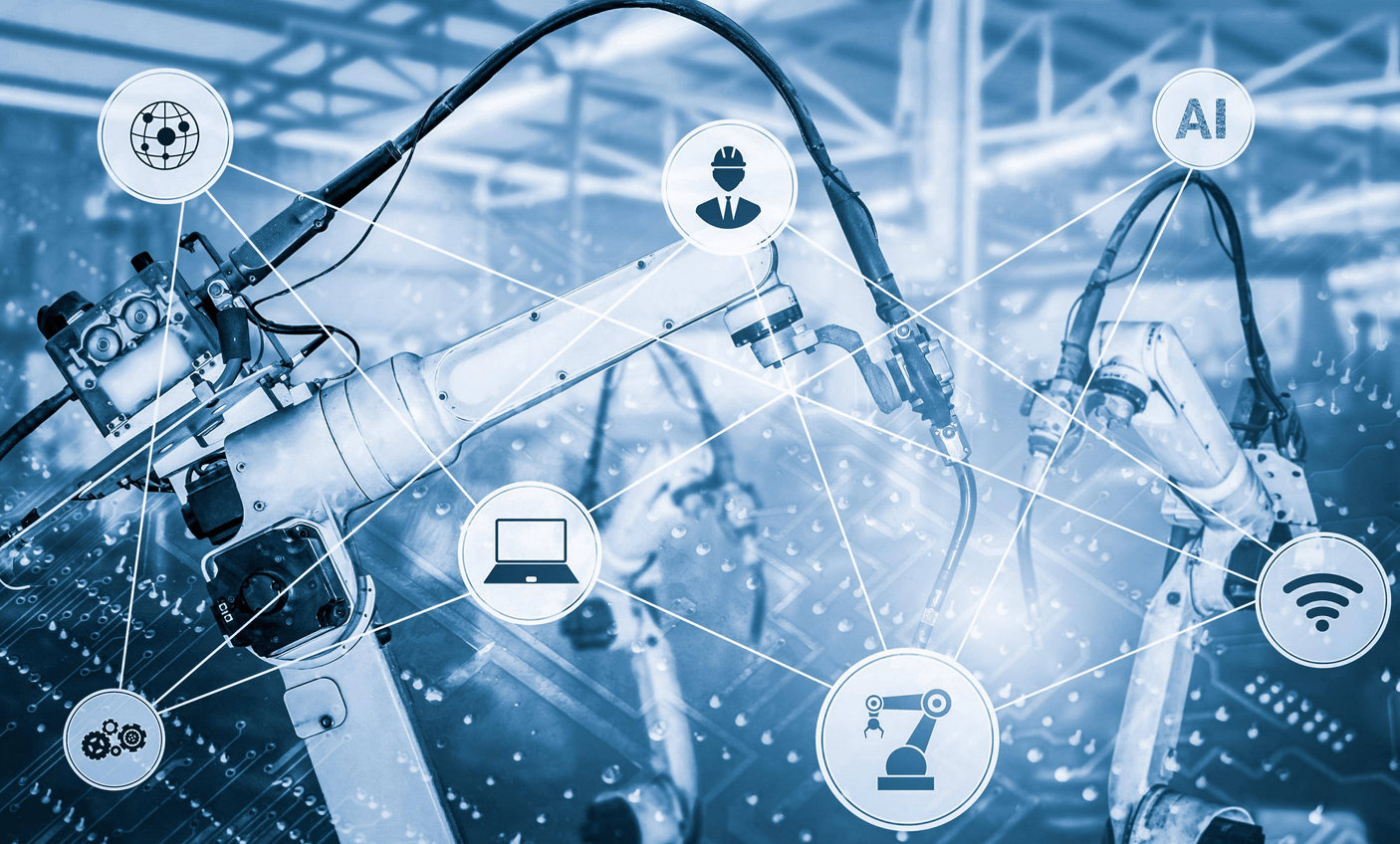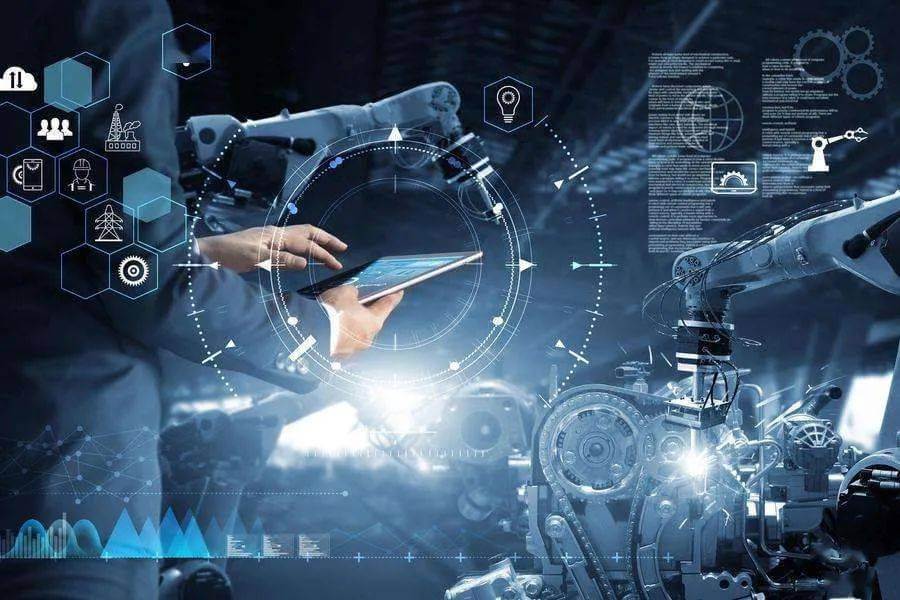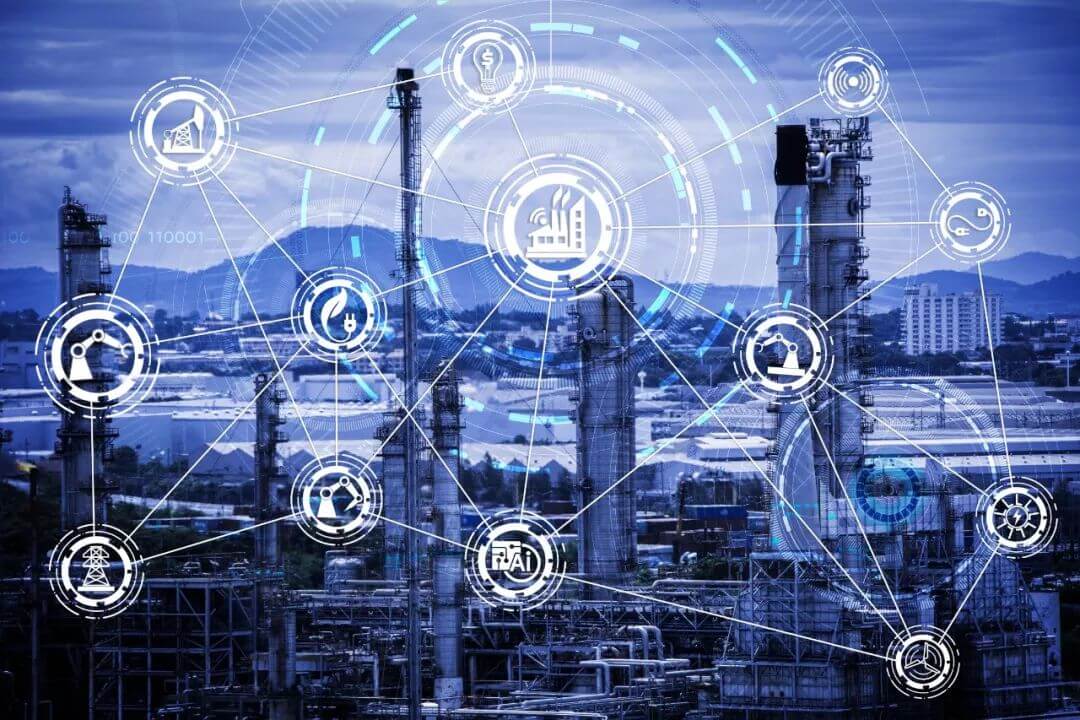The concept of the Industrial Internet was proposed very early, and it has been more than 10 years since. During this period, we have encountered some setbacks and the connotation of the concept has changed a lot. I would like to talk about how to view these setbacks and changes and how the future will develop. To understand the logic of technology development, we need to understand the basic laws of technology development. I emphasize three in particular:
1. The key to successful innovation is to seize opportunities, not to make up hot spots. Opportunities are brought about by changes in technology and economic feasibility. For most people and companies, the difficulty of adopting new technologies is often the unity of technical and economic feasibility.
2, new technology is often from the low technical difficulty to the high difficulty of the field, or from the relatively large value to the relatively small value of the expansion of the field. The former is the technical difficulty, the latter is often a reduction in the cost of technology or increased versatility. The generic increase is essentially cost reduction through knowledge reuse.
3. The value of technology is often “non-linear”, and generic and basic technologies have great technical potential. Industrial Internet platforms are such technologies with potential.
Generally speaking, technology failure is often attributed to unreasonable economics (small market, weak user demand, high cost of use), while success often occurs where the difficulty and value are more appropriate. The history of the development of the industrial Internet bears this out. In the future direction of technology development, pay special attention to the direction of high potential.

After understanding these basic laws, it is time to look from far to far. We have to answer the question: What is the ultimate value of the Industrial Internet? I divide the ultimate value of the industrial Internet into two categories: how individuals labor and how crowds collaborate. The former mainly refers to remoteness and targets the human-machine relationship; the latter target collaboration in factories and focuses on the human-human relationship, which can be further analyzed with the logic of Industry 4.0. Of course, there is some crossover between the two.
Why is remoteness one of the ultimate goals?
We know: one of the key human ideals is to have machines replace people and do the work that people don’t like to do. Mechanization, automation, and intelligence are all geared toward this goal. But automation has shortcomings and can generally only be used for repetitive tasks where the scenario is fixed and unchanging, such as production within the workshop. When the scene keeps changing unexpectedly (e.g. driving), it becomes difficult for the machine to complete the task by itself. Intelligence can partially make up for the shortcomings of automation, but remoteness can solve almost any problem. Of course, telematics and intelligence can be complementary and co-facilitating.
In terms of technology, the simplest form of remoteness is remote equipment monitoring, and the management of all aspects of the work through equipment monitoring. Further remoteness may be the remote operation of equipment. Operating equipment can be simple (such as opening and closing equipment valves) or more complex (such as driving an excavator on a construction site). Probably the most difficult is to remotely maintain the equipment. Digital gloves, AR, VR, and equipment that is easy to manipulate and maintain remotely can be used for this type of problem. In the process of technology development, it may be used first for aerospace and military scenarios; then for certain large enterprises (e.g., daily mining, large equipment maintenance, such as cleaning the top of coke ovens, and troubleshooting dangerous working conditions); and then expand to other enterprise applications.

I see Industry 4.0 as another ultimate goal
The most typical scenario of Industry 4.0 is personalization on the assembly line. This type of production can cause a lot of trouble and make collaboration much more difficult. For this reason, the Germans proposed the “three dimensions of information integration” to solve the problem. In my opinion, in our country’s perception of the industrial Internet, in fact, contains these three dimensions. GE’s industrial Internet is actually the Internet of things; the Internet of things mainly involves vertical integration and some horizontal integration. Therefore, the practical results of China’s industrial Internet can be categorized and summarized from the perspective of the three dimensions.
Horizontal integration:
Essentially, it is the integration of spatial information, which is generally manifested as the integration of information between enterprises and can support resource sharing and multi-party collaboration between enterprises. In the long run, this integration can promote social division of labor and change the enterprise ecology. I see two types of integration: one is the integration led by large enterprises to control their own supply chains; the other is the integration led by platform companies for the dynamic docking of resources.
The focus and difficulty of horizontal integration is quality management. For industrial enterprises, once the purchased production materials do not meet the quality requirements, it often leads to tens or hundreds of times of losses. Moreover, high-end enterprises often have special requirements for quality and have to be repeatedly certified before they may purchase. Therefore, the promotion of horizontal integration needs to promote standardization, and quality control combined with industrial software.
Another trouble of horizontal integration is the business model. Resource sharing and multi-party collaboration can bring benefits, but the question is how to distribute these benefits and let the main stakeholders benefit. This is a problem that needs to be solved by business model innovation.
Horizontal integration has national differences. At the level of large enterprises, U.S. companies have special demands: avoiding technology outflow due to offshore production and the need to manage manufacturing enterprises with the Industrial Internet. At the level of small enterprises, Chinese companies have special scenarios: to drive the transformation and upgrading of low-end industrial clusters. This requires a high level of business model innovation.

Vertical integration:
Essentially, it is the integration of fast-paced and slow-paced business, the integration of management and control, which can be used to improve management capability.
The improvement of management and control ability is reflected in all aspects of human, machine, material, law and environment management, especially various human-related management. It can be specific to equipment management, quality management, energy management, operation management, safety management, production management and many other aspects. In my opinion, the way of computer management is essentially very simple: firstly, it is the software of industrial knowledge and making machines learn to work, and secondly, it is the management of overruns and violations, to know what to do if something goes wrong. Therefore, an important task to improve the management ability remains to improve the degree of standardization.
The improvement of the management ability can promote the transformation of production methods. The most typical practice is to support small-lot, multi-variety production, and the extreme practice is to support personalization on the assembly line – the typical scenario of Industry 4.0. In our country, the recent highlights of this change are mainly in the low- and mid-range industries.
End-to-end integration is essentially the integration of information over different time periods, the integration of information from R&D and design, manufacturing, sales and service operations. Through end-to-end integration, it can significantly improve the level of R&D and services, support personalization and small batch production.An important foundation for end-to-end integration is the digitization of R&D and design. Based on the digitization of product design, CAD, CAE and CAM can be truly integrated to promote comprehensive optimization. I gave an example: part design, material selection and manufacturing can be combined to achieve design results that are difficult for humans to achieve. Through the digital twin, it is possible to link R&D design with continuous improvement of the manufacturing process. The advantage of end-to-end integration is that individual optimization of several operations becomes integrated optimization. It is a way to “transform the optimization of N 1-dimensional spaces into 1 N-dimensional space”, which will greatly change the way and effect of R&D and design. At present, this kind of progress mainly occurs in the discrete manufacturing industry of medium and high-end technology enterprises (HMT).When looking to the future, the industrial Internet platform is the foundation. To get this foundation right, the degree of standardization, ease of use and flexibility of the platform needs to be further improved. In my opinion, the “three dimensions of information integration” emphasized in Industry 4.0 is mainly the integration of three one-dimensional business chains. From the hint of development, the future development may become a three-dimensional information integration.